Metsähovi Radio Observatory helps reveal the secrets of black holes
Together with other observatories around the world, Aalto University’s Metsähovi Radio Observatory has captured an unprecedented image of a black hole.
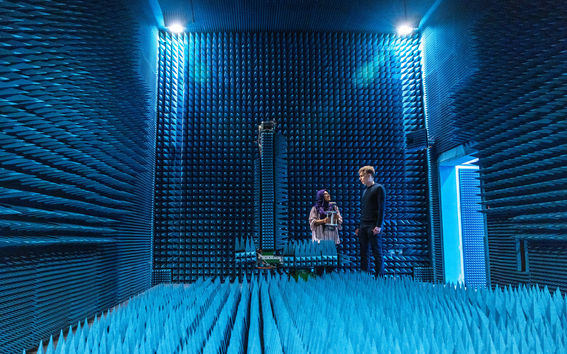
Key issues for our supporters and students include not only electric networks and smart networks, but also developing technology for big issues facing humanity, such as climate change, the depletion of materials, and population aging. Our students are bold pioneers, staking their skills, knowledge and creativity in the game for the sake of innovation and a sustainable society and environment.
Electric power is needed everywhere, from humanity’s mammoth infrastructures to tiny electronic and nanotechnical applications – that is why education and research in this field affects us all.
Less than 60% of Aalto University’s costs are covered by the budget of Finland’s Ministry of Education and Culture. The rest comes from other sources, including private donors. That’s why donations of all sizes are particularly important.
Donate to the School of Electrical Engineering and help us build a sustainable future!

The cluster of issues related to the aging population is something the School of Electrical Engineering is also working to find answers for.
Wearable technology refers to devices that are incorporated into clothing or textiles that may be worn or otherwise attached to the body. In addition to providing real-time health information, smart glove devices, for example, may be used to practice grasping objects and rehabilitating sense-of-touch disorders.
Voice recognition, for its part, is essential for voice-controlled applications, and it is used in subtitling. As these technologies have been developed internationally mainly in English, there is a demand now for research into Finnish voice recognition.
Along with other digitalisation, service robotics will become widely used in the social services and healthcare. Various kinds of care-providing robots will be a part of field of nursing by the 2030s. Robots can be a logistical aid in delivering food and laundry, as well as a medical aid in rehabilitation or in reminding patients to take dosages on time.

Automated homes do not mean – at least not yet – the kind of virtual holographic spaces seen in science-fiction films. Smart buildings are mainly about providing practical, beneficial services to assist with daily life. So while technology is the topic, it ultimately all centres around human beings. In practical terms, this might mean a smart lock system in your neighbourhood for securing a community toolshed.
Smart buildings are not only about developing technology: they are also about understanding how people act, connecting their behaviour to technology for the best solutions.
For a responsible smart world, we need people who can build it – people with can-do attitudes and professional backgrounds to safeguard the smooth running of society.
We will continue to need experts in electrical engineering.
For the great challenges, we need experts able to see far ahead into space while at the same time staying grounded with interpersonal activities.
Donate and be part of ensuring that we shall continue in the future to have specialists in automation, robotics, information technology, electronics, electrical engineering and bioinformatics technology.
This is no simple task with the tightening of public funding. We cannot afford to skimp on science and research. That is why your donation for ensuring top-quality education and research is more vital than ever.

By donating to the School of Electrical Engineering you will help creating more intelligent and sustainable future.
If you are considering giving 10 000 euros or more, please get in touch with one of the persons in charge of the School of Electrical Engineering’s fundraising, either Nora Rahnasto (private donations) or Simo Kohonen (organisational donations).


Our researchers and students strive to develop solutions to some of the most pressing issues of our time, ranging from challenges in medicine to mitigating and understanding climate change, as well as improving all of our everyday life.
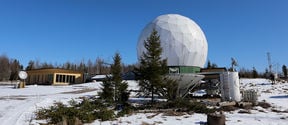
Together with other observatories around the world, Aalto University’s Metsähovi Radio Observatory has captured an unprecedented image of a black hole.
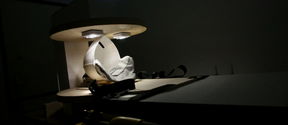
A research team at Aalto is developing an accessible magnetic resonance imaging machine

A hyperspectral snapshot captures all the light in a scene, not just colours or infrared light. The extra information is useful in many applications, from agriculture and conservation to forensics and food safety.

Accounting for radiation loss is the key to efficient wireless power transfer over long distances.
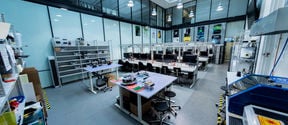
The donations of Vilho Väisälä's descendants, the Weisell Foundation and Vaisala Corporation have enabled the long-term development of Aalto University.
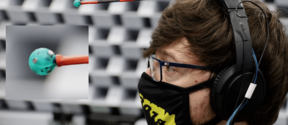
New audio technique can track bats in flight and help localise sources of ultrasonic sound.
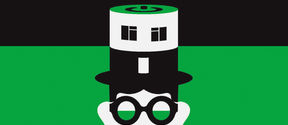
In a smart building, the lighting system learns how occupants move throughout the building, transport robots talk to lifts, and users are guided to available workspaces by a mobile app. A new doctoral school at Aalto University is set to boost development in the field of smart buildings.
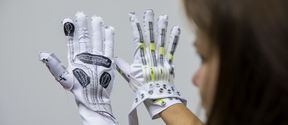
Smart gloves, virtual goggles and artificial intelligence will be part of the health care of the future.
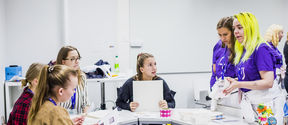
Through the Shaking up Tech event, Aalto University’s schools of technology want to offer young women – who will soon be facing study and career choices – a new understanding of technology.
The school's students are bold questioners and builders for the smooth running of society. Their proficiencies with digitalisation and technology enable the tackling of some of the grand challenges facing the globe, such as climate change, depletion of resource materials, and population aging.
The school trains professionals through three departments – lnformation and Communications Engineering; Electronics and Nanoengineering; Electrical Engineering and Automation – and jointly through a separate institute (Metsähovi Radio Observatory).
Graduates of the school work in some of the most prominent fields in society, such as healthcare technology, space technology and energy solutions.